Rising Health Awareness Among Consumers
In Europe, there is a notable increase in health awareness among consumers, which significantly impacts the smart shoe market. As individuals become more conscious of their fitness and well-being, the demand for products that facilitate health monitoring is on the rise. Smart shoes, equipped with features such as step tracking and calorie counting, cater to this growing consumer base. Market data suggests that approximately 60% of European consumers are willing to invest in footwear that promotes a healthier lifestyle. This trend not only drives sales but also encourages manufacturers to innovate and enhance the health-related functionalities of their products. Consequently, the smart shoe market is likely to expand as it aligns with the evolving preferences of health-conscious consumers.
Increased Focus on Eco-Friendly Products
The growing emphasis on sustainability is reshaping consumer preferences in Europe, thereby influencing the smart shoe market. As environmental concerns become more prevalent, consumers are increasingly seeking eco-friendly products. This shift is prompting manufacturers to adopt sustainable practices in the production of smart shoes, such as using recycled materials and reducing carbon footprints. Recent studies indicate that around 70% of European consumers are more likely to purchase products from brands that prioritize sustainability. This trend not only enhances brand loyalty but also drives innovation in the smart shoe market, as companies strive to meet the demand for environmentally responsible footwear. The integration of sustainable practices is expected to play a crucial role in the future growth of the smart shoe market.
Technological Advancements in Wearable Tech
The rapid evolution of wearable technology is a primary driver for the smart shoe market in Europe. Innovations in sensors, connectivity, and data analytics are enhancing the functionality of smart shoes. For instance, the integration of advanced sensors allows for real-time tracking of physical activity, which appeals to health-conscious consumers. The European market is projected to witness a growth rate of approximately 15% annually, driven by these technological advancements. As consumers increasingly seek products that offer enhanced features, the demand for smart shoes equipped with cutting-edge technology is likely to rise. This trend indicates a shift towards more interactive and engaging footwear, positioning the smart shoe market as a key player in the broader wearable tech landscape.
Influence of Fashion Trends on Footwear Choices
Fashion trends play a pivotal role in shaping consumer choices in the smart shoe market across Europe. As style and functionality converge, consumers are increasingly drawn to footwear that not only offers technological benefits but also aligns with contemporary fashion aesthetics. The rise of athleisure and casual wear has created a demand for stylish smart shoes that can be worn in various settings. Market Research Future reveal that approximately 55% of European consumers consider style as a crucial factor when purchasing smart footwear. This intersection of fashion and technology is likely to drive innovation in design, encouraging brands to create smart shoes that appeal to both tech-savvy and fashion-conscious consumers.
Growing Popularity of Fitness Apps and Platforms
The proliferation of fitness applications and platforms is significantly impacting the smart shoe market in Europe. As more individuals engage with digital fitness solutions, the demand for compatible smart footwear is increasing. Smart shoes that seamlessly integrate with popular fitness apps provide users with enhanced tracking capabilities and personalized insights. Market analysis indicates that the fitness app market in Europe is expected to grow by over 20% in the coming years, which could further drive the adoption of smart shoes. This synergy between smart footwear and digital fitness solutions suggests a promising future for the smart shoe market, as consumers seek products that enhance their fitness experiences.

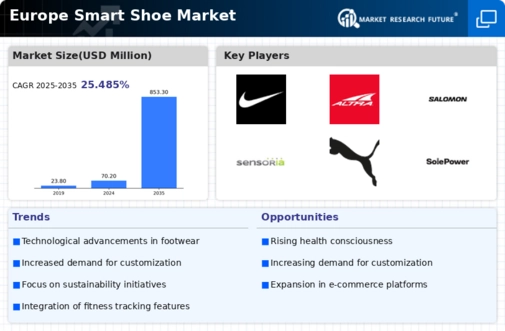
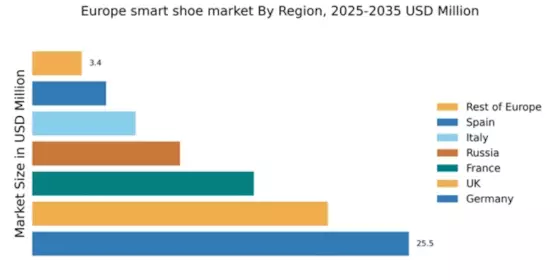

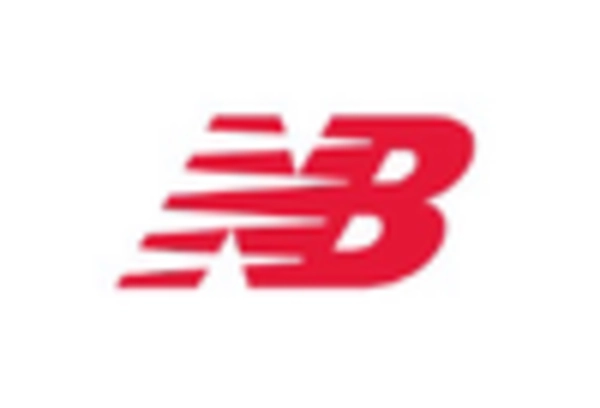
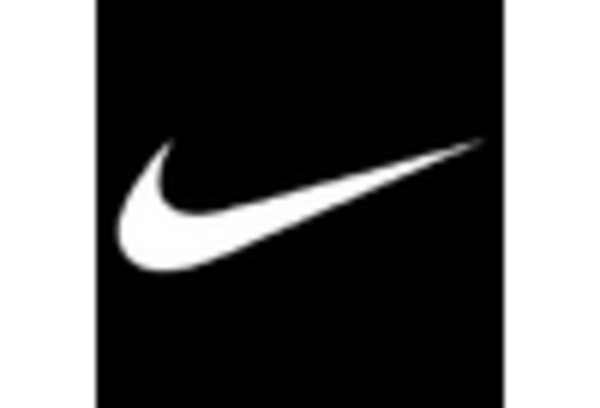
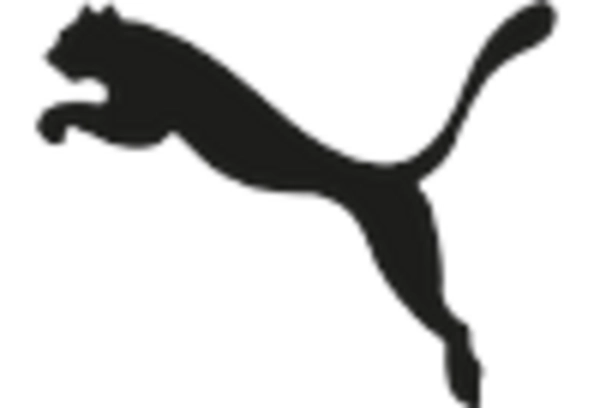
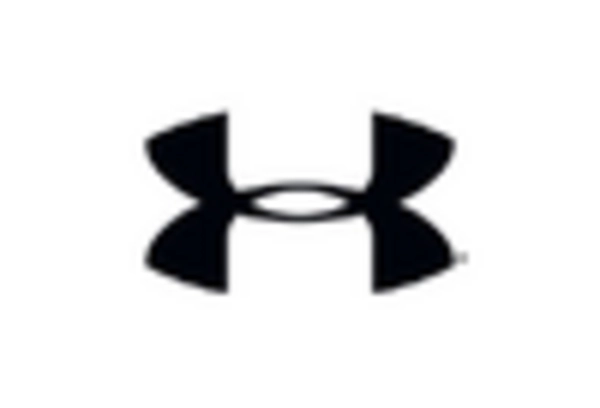









Leave a Comment